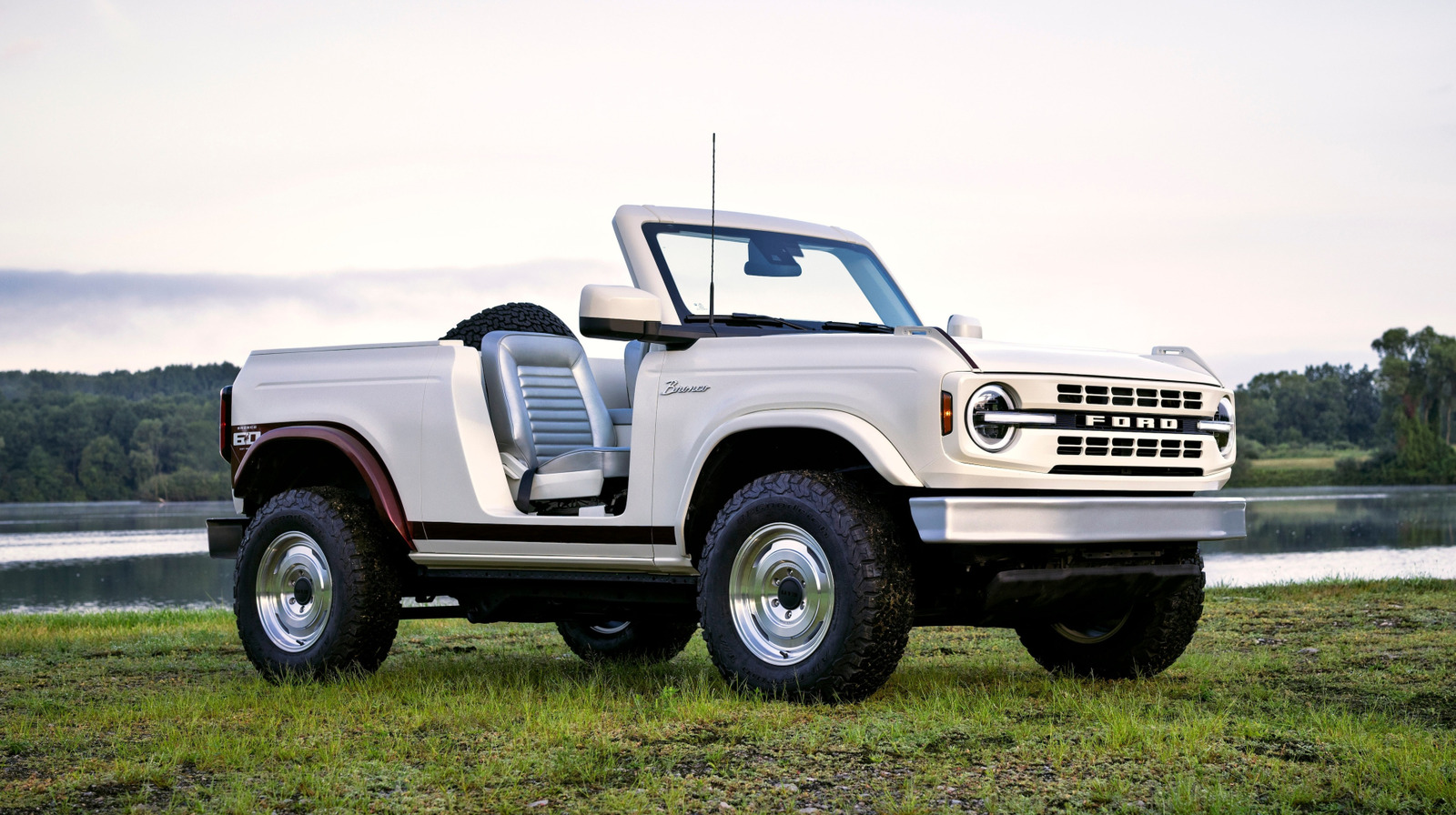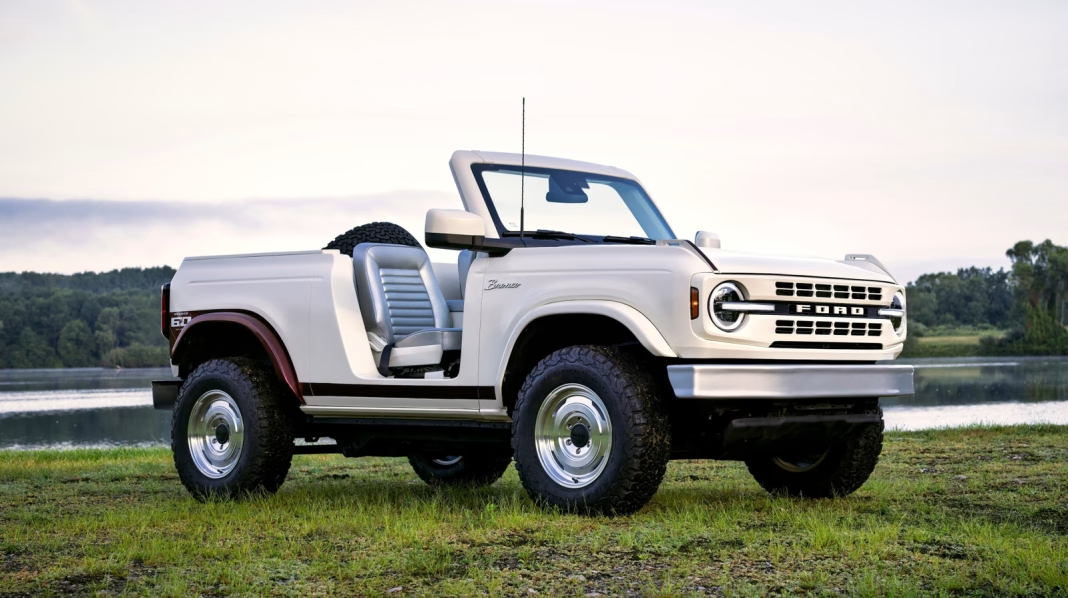Why Would a Truck Like This Never Make It to Production?
Let’s get right to it: a truck with no doors, no roof, no roll bars, and no head restraints is a wild idea—one that looks straight out of a dream (or maybe a summer off-road fantasy). But here’s the reality check: modern safety regulations would never let something like this roll off the assembly line. Federal Motor Vehicle Safety Standards in the US, for example, require basic protections like side-impact beams, rollover protection, and head restraints to minimize injury in a crash. Without these, the risk to occupants skyrockets. It’s not just about protecting the driver, either—passenger safety is a non-negotiable for regulators.
The result? Even the most daring concepts have to play by the rules if they want to see the light of day as a production vehicle. That’s why this Bronco roadster concept, as stunning as it looks, will stay just that—a concept.
What’s the Appeal of a Doorless, Roofless Truck Anyway?
You might be wondering, who would even want a truck with no doors or roof? For many off-road enthusiasts, it’s about pure, unfiltered freedom. Imagine cruising down a dusty trail, wind whipping through your hair, nothing between you and the world but a steering wheel and a sense of adventure. There’s a certain nostalgia at play here, too. Early off-roaders like the original Ford Bronco or Jeep CJ were famously barebones, built for fun and function rather than comfort or safety.
But here’s the catch: today’s drivers expect more. Air conditioning, infotainment, airbags, and advanced driver-assist systems have become the norm. Stripping all that away is a bold move—one that appeals to a niche crowd but leaves most folks shaking their heads.
How Do Modern Trucks Balance Adventure and Safety?
Automakers have gotten creative in recent years, trying to deliver that open-air thrill without compromising on safety. Take the latest Jeep Wrangler or Ford Bronco: both offer removable doors and roofs, but with reinforced frames, roll bars, and advanced restraint systems. These features let you get close to that raw, open feel while still ticking the boxes for crashworthiness and occupant protection.
According to the Insurance Institute for Highway Safety (IIHS), vehicles with robust rollover protection and side-impact features dramatically reduce the risk of serious injury. It’s a balancing act—engineers want to keep the spirit of adventure alive, but not at the expense of lives.
Are There Any Real-World Examples of Concepts Like This Influencing Production?
Absolutely. Concept vehicles often serve as testbeds for new ideas, even if the wildest versions never make it to showrooms. The original Ford Bronco, for example, was a response to the popularity of the Jeep CJ—a vehicle that started out as a military workhorse before morphing into a civilian icon. Over the decades, both brands have experimented with radical concepts, some of which eventually inspired production features like removable panels, modular accessories, and rugged, minimalist interiors.
Even if a doorless, roofless truck is a non-starter for mass production, elements of that design can trickle down. Think modularity, customizable body panels, or easy-to-clean interiors—all features that started as wild ideas and are now part of the mainstream off-road experience.
What’s the Real Value of Concept Vehicles Like This?
Concepts like the Bronco roadster aren’t just eye candy. They’re conversation starters, pushing the boundaries of what’s possible and challenging both engineers and enthusiasts to rethink what a truck can be. Sometimes, they even spark enough buzz to influence future models or limited-edition runs. And for the automaker, it’s a way to gauge public reaction—what gets people excited, what falls flat, and where the sweet spot between nostalgia and modernity really lies.
The big takeaway? Chasing the perfect off-roader isn’t about perfection—it’s about smarter adjustments. Start with one change this week, and you’ll likely spot the difference by month’s end.


